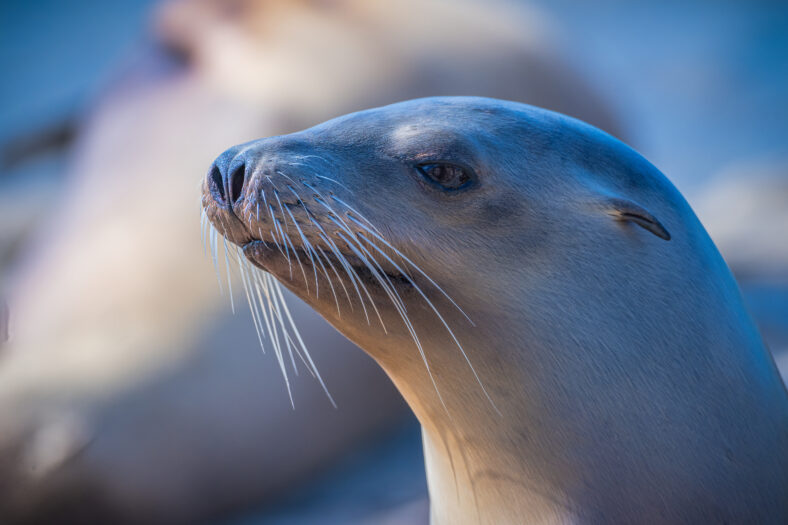Male California Sea Lions Are Expanding In Size As Their Population Skyrockets

Usually, animals become smaller when the number of members in their species grows more abundant because they face more competition for food. But for some reason, male California sea lions have not been following this trend.
Since they were granted federal protection 50 years ago, their population has skyrocketed. But instead of getting smaller, male sea lions have only expanded in size.
In the 1950s, California sea lions were in grave danger of dying out. Hunting, pollution, and bounties diminished their numbers, leaving an estimated 10,000 individuals alive in the United States.
Then, the Marine Mammal Protection Act was passed in 1972, which made it illegal to hunt, capture, harass, or kill the animals.
In the decades that followed, their population rebounded. According to the nonprofit Marine Mammal Center, an estimated 257,000 California sea lions live in the wild today. The International Union for Conservation of Nature lists the status of California sea lions as “least concern.”
Researchers from the University of California, Santa Cruz, and the Smithsonian’s National Museum of Natural History wanted to figure out how population growth affected the animals’ physical size.
They analyzed around 330 sea lion skulls that were collected from the coast of Central and Northern California between 1962 and 2008.
On average, male skulls have grown by a few millimeters, which translates to about a 10-centimeter increase in overall body size.
Meanwhile, females have not shown any growth. There is no evolutionary advantage for females to get bigger, but males are polygamous and must fight each other for mates and territories.

Sign up for Chip Chick’s newsletter and get stories like this delivered to your inbox.
Larger, stronger males would definitely be able to better defend their turf and claim more breeding partners. They can also go longer without feeding because of their larger stockpile of blubber.
Males can reach up to 7.5 feet long and can weigh up to 700 pounds. Females are six feet long and only weigh 240 pounds.
The researchers examined the animals’ bone samples to learn more about their diets. The findings suggest that male California sea lions have branched out, foraging across broader regions and eating more diverse types of food. As a result, they are more resilient to any disruptions of a food source.
“I think of California sea lions as the raccoons of the sea,” said Ana Valenzuela-Toro, a co-author of the study and an ecologist at the University of California, Santa Cruz.
“They can eat many different prey, ranging from small pelagic fishes like sardines and anchovies to larger rockfish, salmon, squid, or even octopus.”
Although California sea lions are thriving right now, they could struggle in the future due to human-induced climate change.
If ocean temperatures continue to climb, the number of sardines and anchovies could decline. The creatures still face other threats like pollution, disease, algae bloom toxins, entanglement in fishing gear, boat strikes, and human activities.
The study was published in 2023 in Current Biology.
More About:Animals